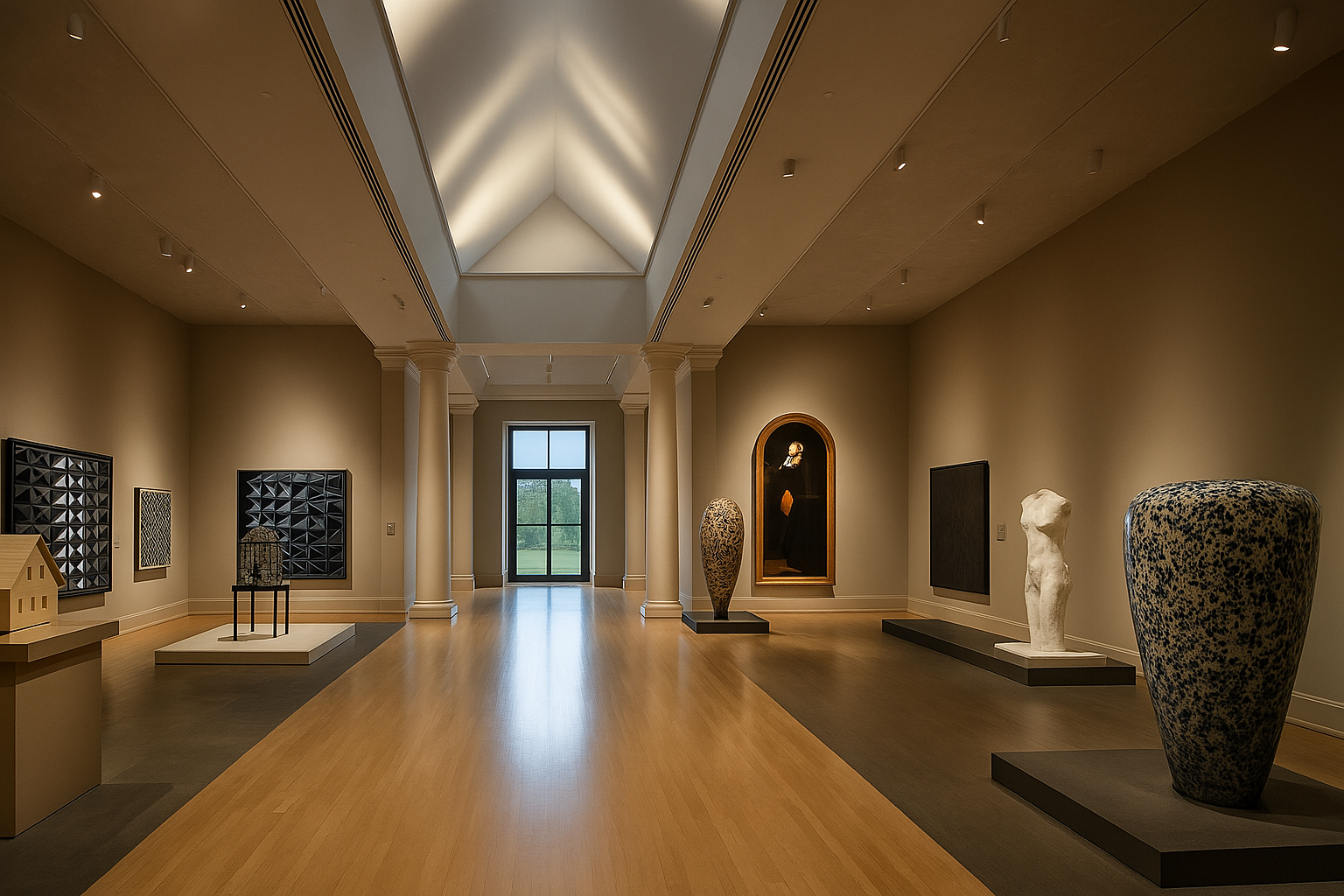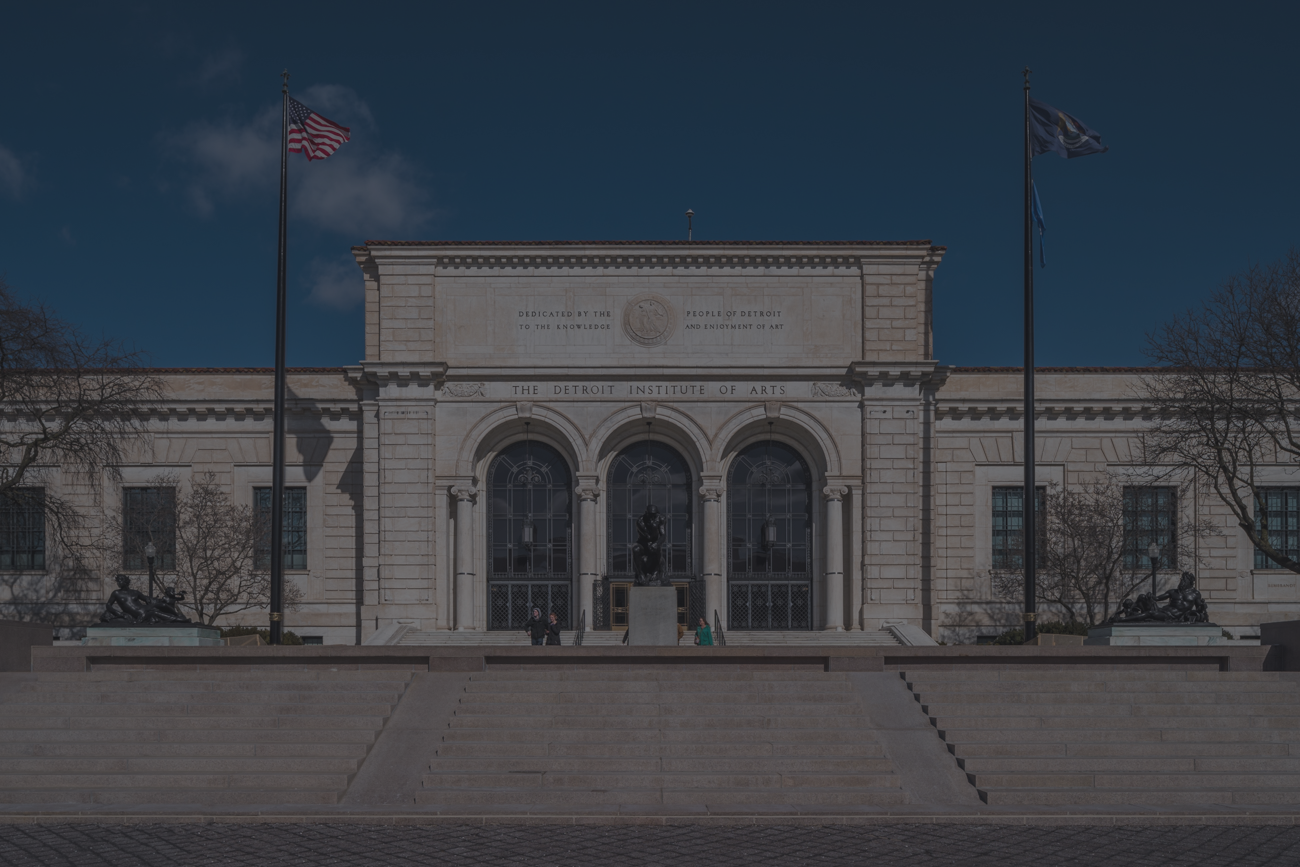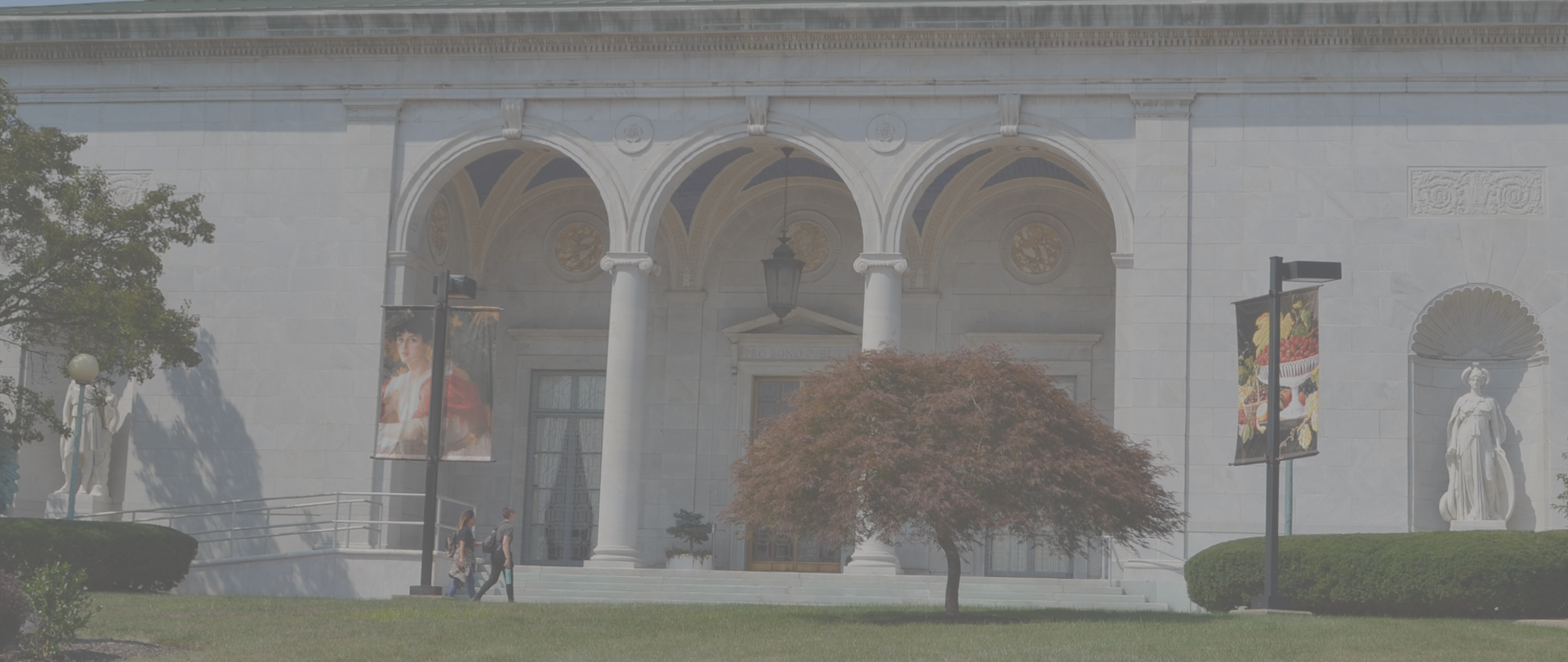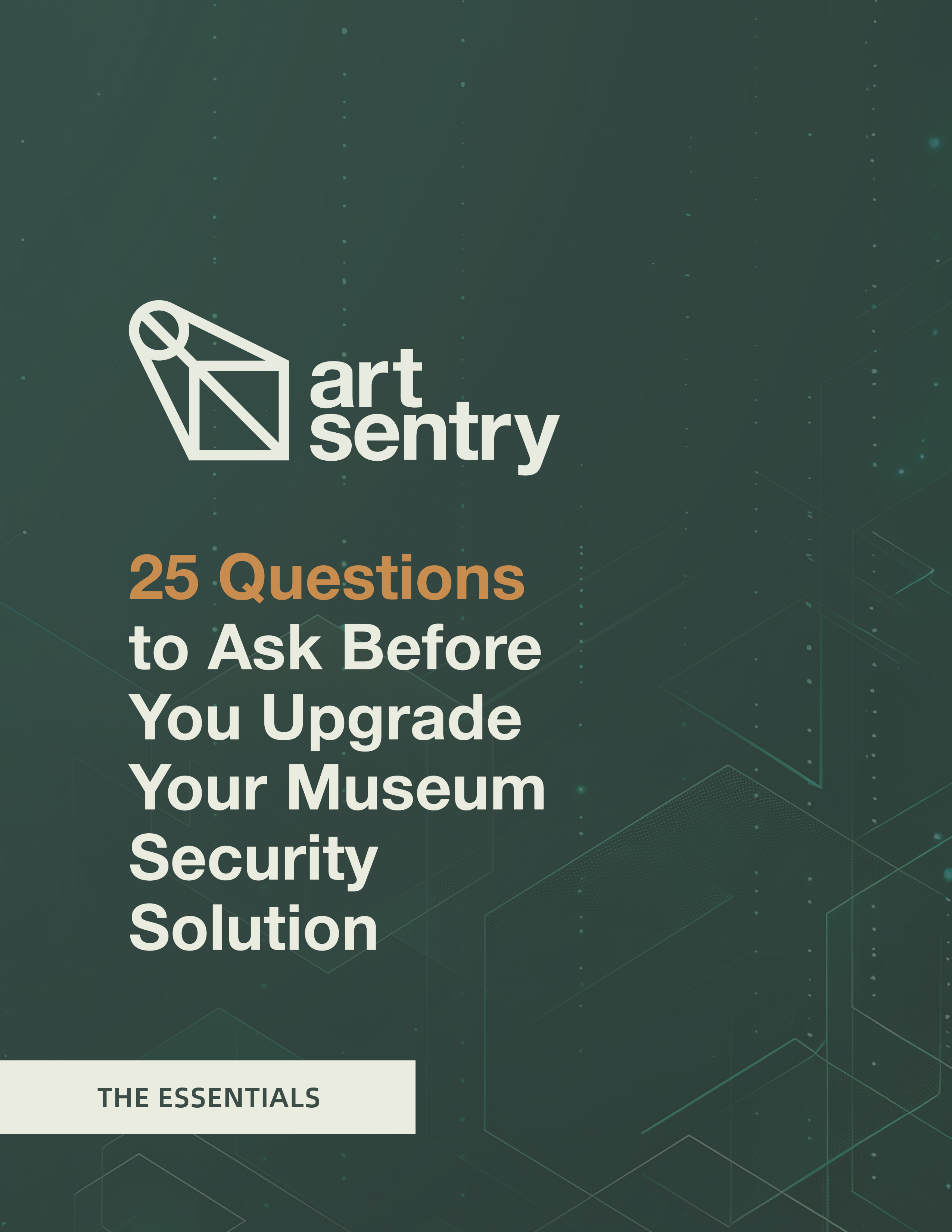introduction
The National Museum of Funeral History (NMFH), located in Houston, Texas, is dedicated to educating the public on one of humanity’s oldest customs—funerals and death care. Since opening in 1992, the museum has amassed the country’s largest collection of funeral artifacts, offering visitors an in-depth look into how different cultures honor their dead. Featuring exhibits ranging from ancient Egyptian funerary practices to modern-day presidential and papal funerals, the museum provides a comprehensive view of the rituals surrounding death across history. To protect its invaluable artifacts while maintaining an engaging visitor experience, the NMFH partnered with Art Sentry to implement a state-of-the-art security system designed to preserve its collection and ensure the safety of its unique exhibits.
At a glance
Founded: 1992
Location: Houston, Texas
Type: Museum dedicated to educating the public about funeral customs and preserving death care artifacts
Annual Visitors: Approximately 50,000
Collection: Largest collection of funeral artifacts in the United States, including papal and presidential exhibits
Size: 35,000 square feet of exhibit space
challenge
Optimizing for New Opportunities
The National Museum of Funeral History (NMFH) encountered a range of challenges as it sought to expand and protect its growing collection, particularly following the introduction of the Celebrating the Lives and Deaths of the Popes exhibit. The museum’s existing security system, which relied on basic, consumer-grade cameras, was inadequate for safeguarding the many irreplaceable artifacts now on display. According to Bob Boetticher, Vice Chairman and CEO of the NMFH, “We had been using standard cameras just to keep an eye on things, but a more advanced system was absolutely necessary as we moved forward.”
One of the museum’s most pressing needs was the ability to provide high-quality, real-time video monitoring for priceless items, such as papal vestments and the Popemobile. “We stressed the value of many of the items that would be on display, and that it was critical we have extremely clear video,” said Boetticher.
Additionally, the museum faced the challenge of managing visitor interaction with exhibits, particularly in high-traffic areas where guests often attempted to get too close to items like the Popemobile.
The museum needed a system that could immediately alert security personnel to such incidents while maintaining a welcoming environment for guests.
Lastly, the 35,000-square-foot museum required a scalable solution that could cover both indoor and outdoor spaces, including parking lots where theft and vandalism were concerns. The museum’s security solution needed to protect not only the artifacts but also ensure the safety of its visitors and staff across the entire property.
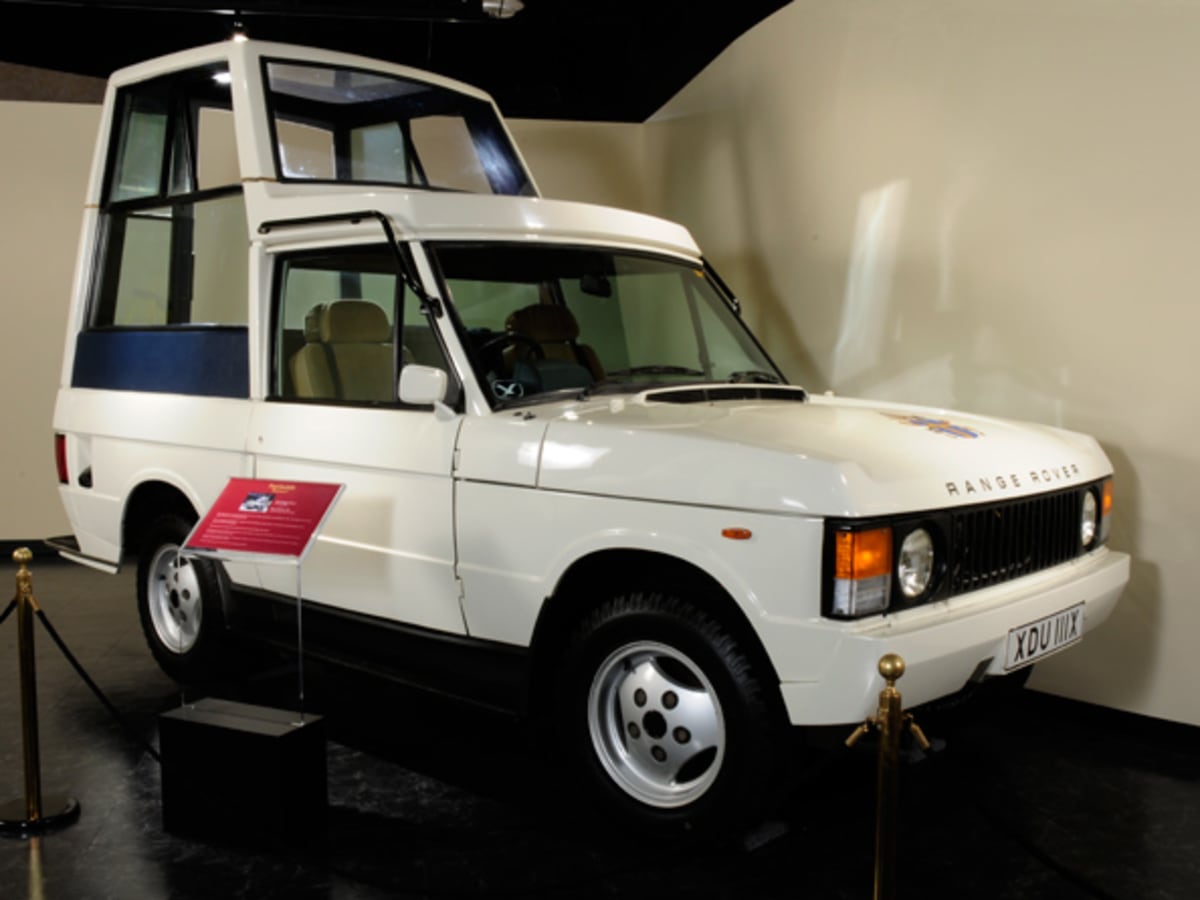
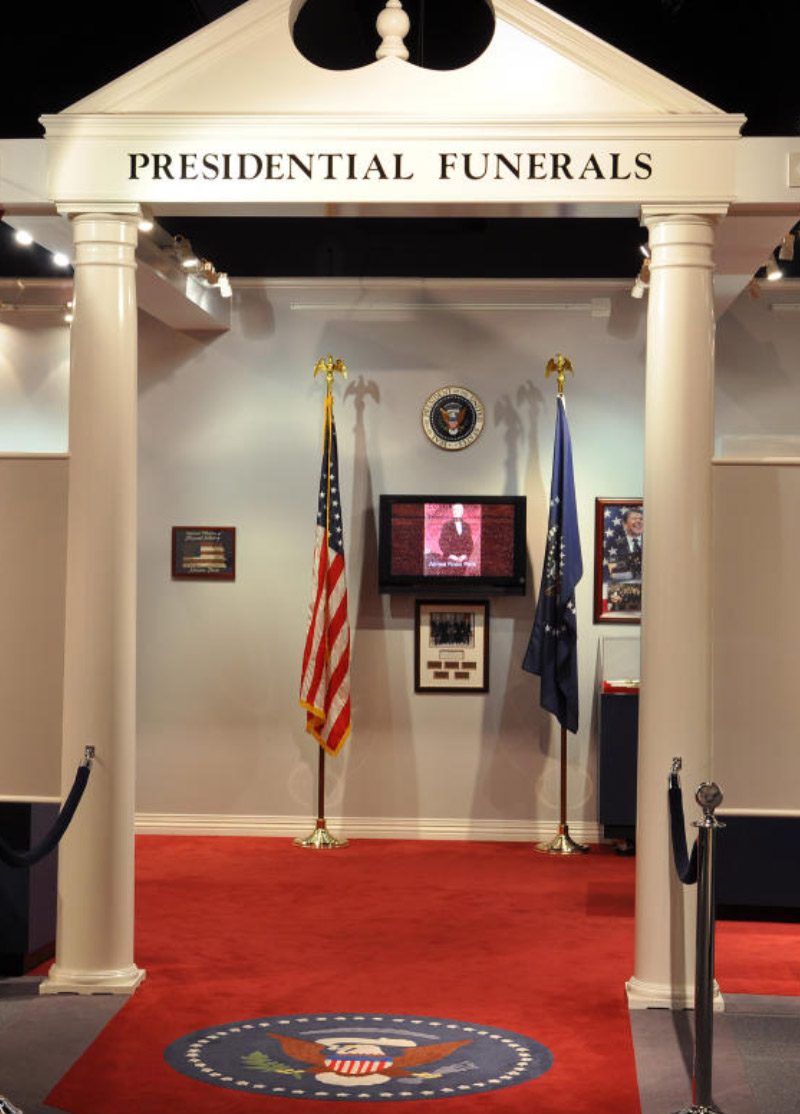
Process
Implementing a Modern Security Solution
To address the museum’s unique security needs, Art Sentry worked closely with the National Museum of Funeral History (NMFH) to design a comprehensive and tailored security solution. The process began with an in-depth consultation where Art Sentry’s team assessed the museum’s most pressing concerns, including safeguarding valuable artifacts, enhancing visitor experience, and monitoring a large facility that housed both indoor exhibits and outdoor spaces.
Bob Boetticher, Vice Chairman and CEO of the NMFH, recalled how the collaboration began after seeing a demonstration of Art Sentry’s video analytics software. “We brought Art Sentry in to provide additional demonstrations, set up the system to fit our security and protection needs, and to recommend the right kind of cameras,” said Boetticher. Art Sentry’s team ensured that the system would not only offer real-time protection but also deliver the high-resolution video quality necessary to monitor valuable artifacts like the Popemobile and papal vestments.
Art Sentry recommended a combination of high-performance cameras and advanced motion detection analytics. These cameras, integrated with Art Sentry’s Object Protection Software, enabled the museum to create invisible security zones around key exhibits. If any visitor breached these zones, the system would immediately trigger an alarm, alerting security staff and issuing a warning to the visitor.
The process also involved upgrading the museum’s legacy cameras to high-definition models, with a phased replacement strategy that ensured minimal disruption to daily operations. In addition to protecting the interior exhibits, Art Sentry integrated outdoor surveillance to monitor the parking lot and surrounding areas, helping to prevent theft and vandalism.
Throughout the design process, Art Sentry remained focused on providing a scalable solution that could adapt as the museum expanded its exhibits and visitor traffic. The result was a system that delivered seamless protection without compromising the museum’s mission to provide an open, engaging environment for visitors.
FEATURES
Integrations With Partners
The new security system implemented by Art Sentry at the National Museum of Funeral History (NMFH) is equipped with a range of advanced features designed to provide comprehensive protection while maintaining an unobtrusive presence. At its core, the system leverages high-resolution cameras strategically placed throughout the museum to cover all critical areas, including high-traffic exhibits and exterior spaces like the parking lot. These cameras offer crystal-clear video quality, enabling museum staff to monitor fine details in real time.
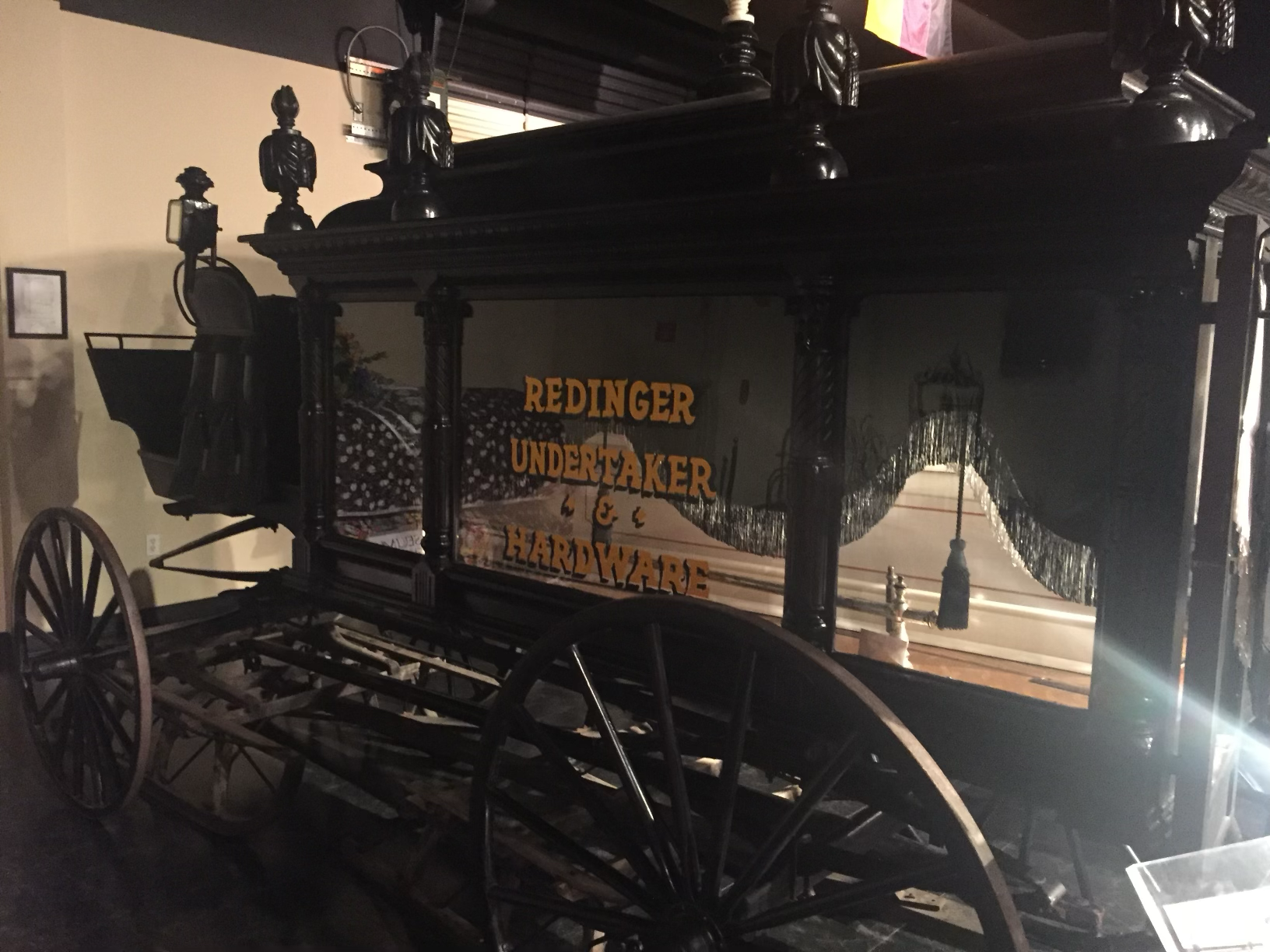
The system’s Object Protection Software allows for the creation of virtual security zones around specific exhibits, such as the Popemobile and papal vestments. These invisible zones use advanced motion detection to monitor any breach, triggering alarms and warnings to prevent unauthorized contact. The software’s flexibility allows museum staff to easily configure the protection zones, ensuring that artifacts are shielded from accidental or deliberate interference.
To further enhance security, Art Sentry integrated automated alerts and audio warnings into the system. When a security zone is breached, not only does an alarm sound, but an audio warning is also broadcast to notify visitors that they have entered a restricted area. This feature helps deter further encroachment while keeping the interaction non-confrontational.
In addition to protecting interior exhibits, the system includes outdoor surveillance, featuring license plate capturing for tracking vehicles in the museum’s parking lot. This high-tech feature is especially useful for monitoring and identifying suspicious activity, aiding the museum in safeguarding both visitors and property.
Lastly, the system supports remote access, allowing museum leadership to monitor live video feeds from anywhere, ensuring that they can stay informed about security events even when off-site.
Results
The implementation of Art Sentry’s technology led to several improvements, as detailed below.
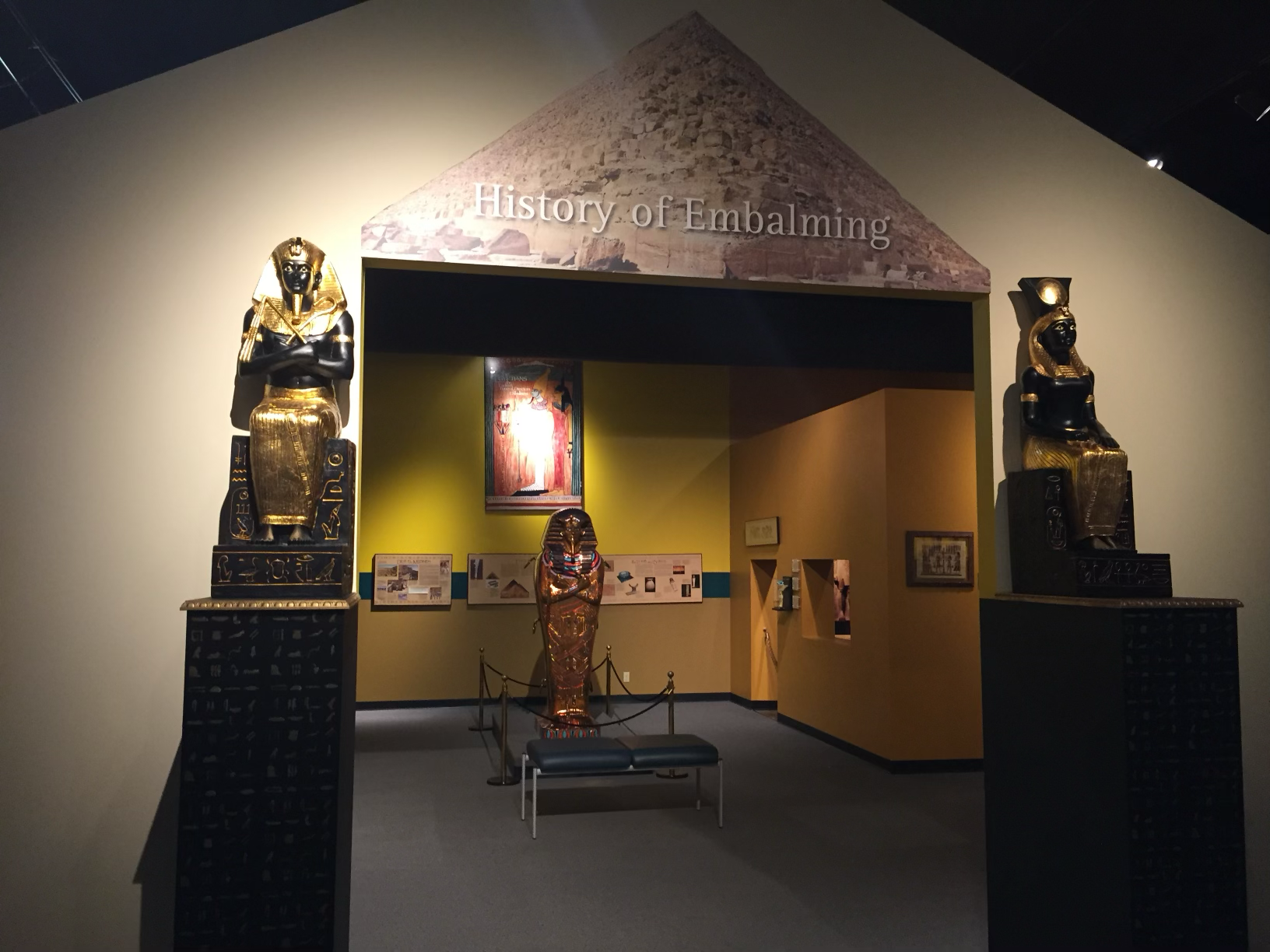
Results
Enhanced Artifact Protection
With the introduction of Art Sentry’s Object Protection Software and high-resolution cameras, the museum saw a dramatic improvement in its ability to safeguard priceless artifacts, such as the Popemobile and papal vestments. The system’s motion detection zones prevented unauthorized access, reducing the need for direct intervention by security personnel. Bob Boetticher highlighted the importance of this feature, stating, “The system works great. It does exactly what we were told it would do when we bought it—you don’t get to say that very often.” Alarms triggered near high-value items, like the Popemobile, were immediately addressed by museum staff, preventing potential damage.
RESULTS
Improved Visitor Experience
Despite the increased security, the new system remained unobtrusive, allowing visitors to engage with exhibits without feeling overwhelmed by visible security measures. The automated audio alerts provided a subtle way to correct behavior without embarrassing visitors. As Boetticher explained, “We have a guard on a raised platform as visitors walk through the gift shop. This system ensures that the guards don’t need to confront people unnecessarily, which enhances the overall museum experience.”
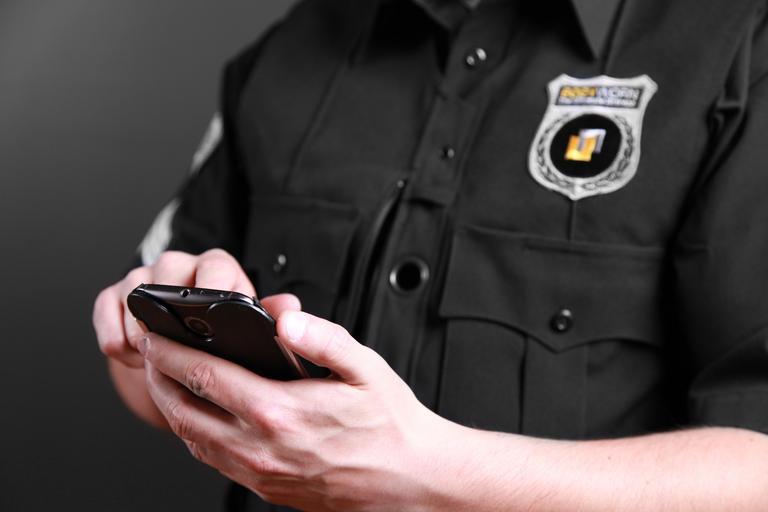
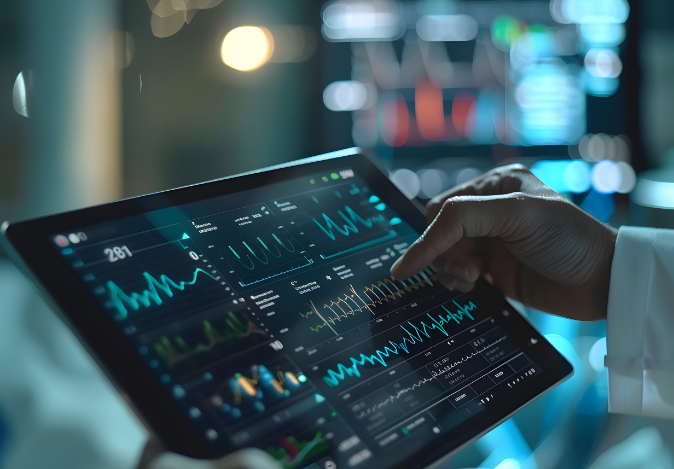
Results
Operational Flexibility
The ability to monitor the museum remotely offered additional flexibility to the museum’s leadership. Boetticher’s office is 30 miles from the museum, yet with Art Sentry’s remote access capabilities, he could log in to monitor live feeds from anywhere. This feature not only enhanced oversight but also enabled quicker response times to any incidents.
Conclusion
The partnership between the National Museum of Funeral History (NMFH) and Art Sentry has proven invaluable in protecting the museum’s priceless artifacts while enhancing the visitor experience. Through the implementation of a customized, high-tech security system, the museum has successfully safeguarded its unique exhibits, minimized false alarms, and maintained an inviting atmosphere for its guests. The advanced capabilities of the Art Sentry system, from motion detection and automated alerts to remote access and outdoor surveillance, have provided the NMFH with a level of protection that meets the demands of its growing collection.
As the museum continues to expand and attract new visitors, the scalable solution offered by Art Sentry ensures that it can remain ahead of emerging security needs, all while preserving its mission of educating the public and honoring the cultural significance of funeral history. The system’s seamless integration into the museum’s operations stands as a testament to the effectiveness of thoughtful, innovative security solutions that cater to both protection and experience.

